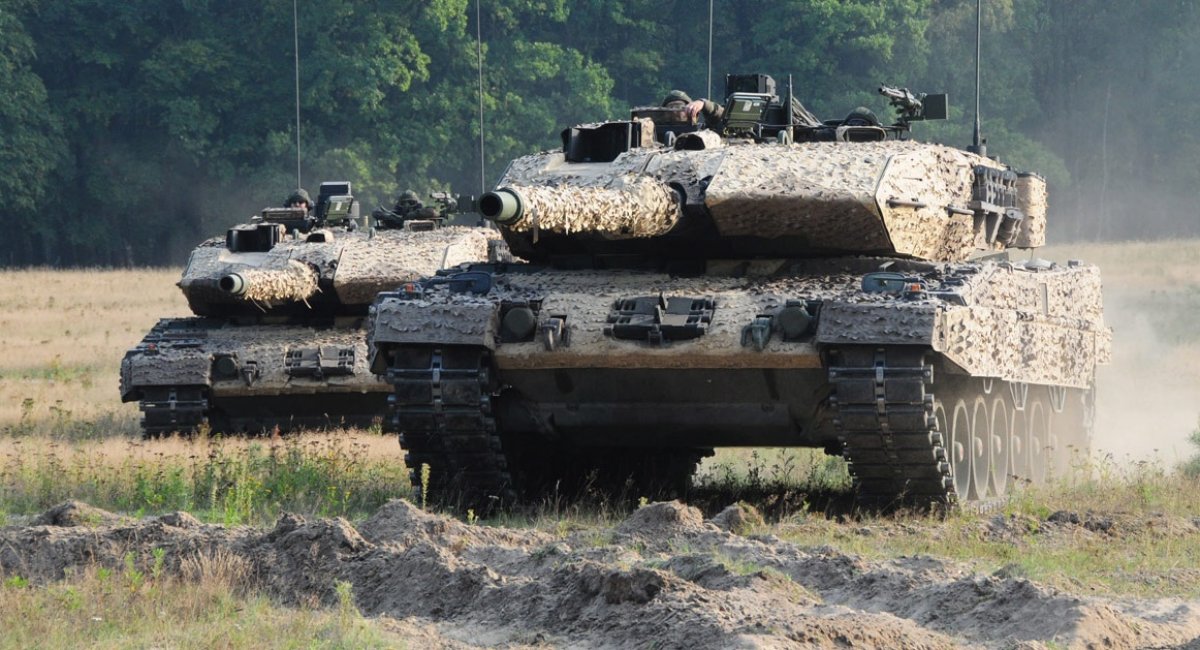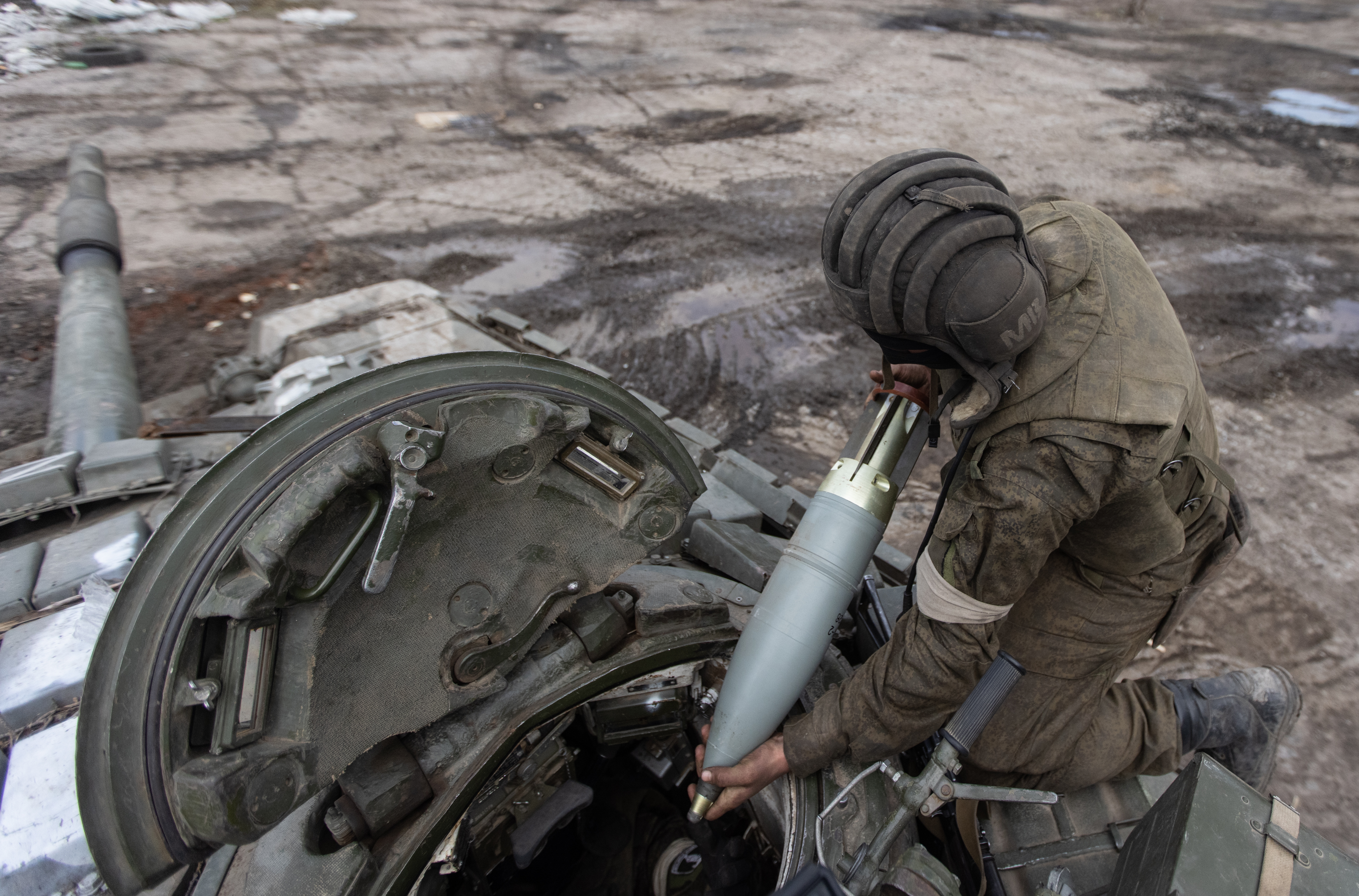Tank inflation. Why are tanks getting more expensive? [ANALYSIS]
The huge purchases of tanks that Poland has been making recently are associated with significant costs, which sometimes provokes a heated discussion. However, when we compare them with the amounts that other countries spend on armored equipment, it turns out that it was cheap... already. It is worth explaining why this is so.
Main battle tanks are one of the most important directions of purchases of military equipment and armament by Poland. After handing over about 300 vehicles to Ukraine (the vast majority of which are T-72s, but small batches of Twardy and Leopard vehicles have also been delivered), it becomes necessary to urgently replenish the stocks. Not to mention the fact that the cars owned by Poland are mostly obsolete and not prospective.
Increasing the numerical potential in the heavy component is particularly important because allied European countries, including France, Great Britain and Germany, have carried out deep cuts in this area in the last two decades, and they are not in a hurry to rebuild it. They justify it in part by the fact that tanks are difficult to move to a threatened area in a short time, so they prefer to invest in "medium forces" on wheeled armored personnel carriers and infantry fighting vehicles. Another argument is that purchases are needed (also) elsewhere, for example in the area of ground air defense, combat aviation, as well as support for space forces or the navy.
on the other hand, there is no doubt that modern tanks are needed when observing the course of the war in Ukraine. Although ZSU uses, for example, unmanned systems and the latest anti-tank agents on a large, even unprecedented scale, it is no coincidence that modern tanks - next to medium and short-range air defense systems, barrel and rocket artillery and fighters - are at the top of the list of weapons that Kiev is seeking.
Without heavy equipment, it is simply impossible to conduct effective joint operations in the Central and Eastern European environment, especially in a high-intensity conflict against a large Russian army. Of course, the mere possession of cars is only one element of this equation, and at the same time "a necessary condition, but not exhaustive of the subject", but it is a contribution to another analysis.
However, there is no doubt that
in recent years tanks... have become much more expensive. And this applies not only to Polish purchases, but to all such contracts in general, including used equipment. Let's give some examples.
Tanks today - in Poland
In the last several months, Poland has signed three contracts for the purchase of armored equipment. 250 M1A2 Abrams SEPv3 tanks in a configuration adapted to the requirements of the Polish Armed Forces, along with technical recovery vehicles and self-propelled bridges, a package of support for operation and training, and ammunition, is to cost USD 4.74 billion
.
Poland pays
PLN 3.43 billion for 180 South Korean K2s, retrofitted with domestic communications, with an operation support package, simulators and ammunition. On the other hand, 116 older M1A1 Abrams, with zero service life, technical support vehicles and bridges, as well as training and support packages (some elements of support for the entire Polish Abrams fleet), amount to 1.4 billion, of which approximately
200 million is covered by American funds.
This list directly shows that the cost of a single tank, if we take into account the supply of ammunition, parts, support elements, is ...
several million dollars. At first glance, that seems like a lot. So what is the situation in other countries?
Allied countries
It can be said ironically that "luckily" several allied countries decided to buy tanks, so we have material for comparison.
And so, Norway pays 19.7 billion crowns, or 1.84 billion dollars , for the Leopard 2A7NO, including ammunition, operational support, etc. It is not entirely clear whether the given amount applies only to the basic order (54 tanks) or also to options (72 tanks in total). However,
in each case, the unit price is ... even higher than in the case of purchases made by Poland, because it amounts to over USD 25 million. Of course, individual programs may differ, for example in terms of support packages. Nevertheless, the amounts of the contracts give some incentive for comparisons.
44 Leopard 2A7s, in one package with 24 PzH 2000 howitzers, lease of twelve Leopard 2A4 training vehicles and support vehicles on tracked and wheeled chassis, were purchased by Hungary at the end of 2019
. The value of the contract was not disclosed, but the total amount mentioned in the permits issued in 2019 by the German government for exports to the country is
1.783 billion euros, or
1.94 billion dollars. Of this amount, 78 percent, i.e.
the equivalent of over USD 1.51 billion, are - according to official documents - "main battle tanks, self-propelled howitzers, sapper tanks, recovery vehicles, self-propelled bridges, driving school tanks, trucks, off-road vehicles", and related parts. Another 5.9 percent,
or over $100 million, are "fight and drive simulators". More details were not provided, but based on this information, it can be assumed that the price of a single tank or self-propelled howitzer, including support vehicles, was close to
$20 million.
Recently, there have been reports of a plan to purchase Leopard tanks in the new 2A8 version by Germany. 18 such vehicles, along with operational support, a training package and a 5-year warranty, will cost EUR 525 million, or USD 570 million. As for the total amount of the framework contract for 123 vehicles, Reuters and Bloomberg reports mention the amount of EUR 2.9 billion, or USD 3.15 billion. It is not entirely clear whether it includes 105 tanks or 123, but in both cases
the average value of a tank exceeds $25 million. Even if we take into account that the cars have advanced configurations, probably with active protection, and the contract may include R&D works, this is a
significant amount, not lower than that spent by Poland.
Or maybe reach for a cheaper solution - used tanks? Denmark and the Netherlands give us the answer here. The package including 14 Leopard 2A4s for Ukraine,
probably with modifications including the replacement of obsolete elements, a large stock of parts and ammunition (after all, tanks will literally go to war), was planned for EUR 165 million, i.e.
USD 179 million. That's almost
$12.8 million for a single tank. For the package of 31 Abrams in the M1A1 version (first a depleted M1A2 was planned) for Ukraine, probably with zero service life, along with extensive support, parts, training and ammunition, the US administration allocated USD 400 million, so there is almost USD 13 million for a single vehicle
.
The above list directly shows that the price of a used tank is several million dollars, and the bill for a new machine (including support elements) may exceed 20 million. Why are the amounts so high? Part of the answer is, of course, inflation caused by i.a. the economic effects of the pandemic and the turmoil on the hydrocarbon market. Back in 2017, the German Ministry of Defense suggested in one of the official reports that the price of the Leopard 2 in the latest configuration was around EUR 13-15 million (or USD 15-17 million). For comparison, in 1979 the first Leopard was supposed to cost - of course, taking into account the conversion to today's value of the currency -
1.38 million euros. Now these amounts are even higher than a few years ago, according to the values listed in the article.
Leopard 2A4; photo chor. R.Mniedło/11 LDKPanc.
But the increase in tank prices has happened before. This is related - apart from the effects of inflation - on the one hand to
the increase in their complexity (composite armor, more electronics), on the other hand - to ... earlier reductions. Simply, when
a maximum of several dozen tanks are produced per year, and often less, the share of fixed costs in the price of a single tank, whether new or even thoroughly renovated, is
proportionately much higher than when, for example,
100 or 200 tanks were produced per year . To this must be added
the increase in labor costs(because, after all, employees of armaments factories also have to earn money). And if the situation in a given country is good from the point of view of employees (low unemployment), these costs will
only grow.

 defence-ua.com
defence-ua.com



 ) ERAWA változatokkal? ...
) ERAWA változatokkal? ...  ???
???

 +
+  +
+  +
+ 
